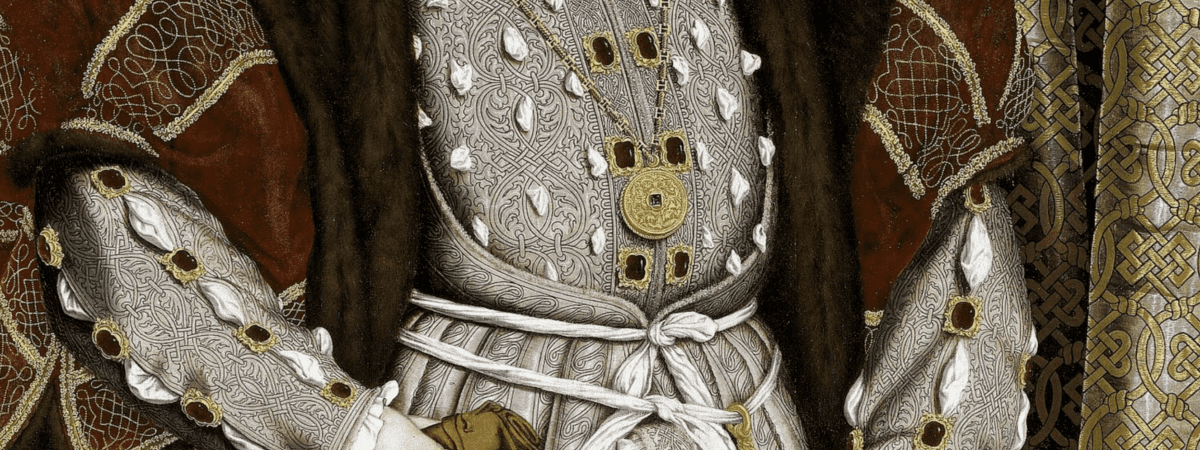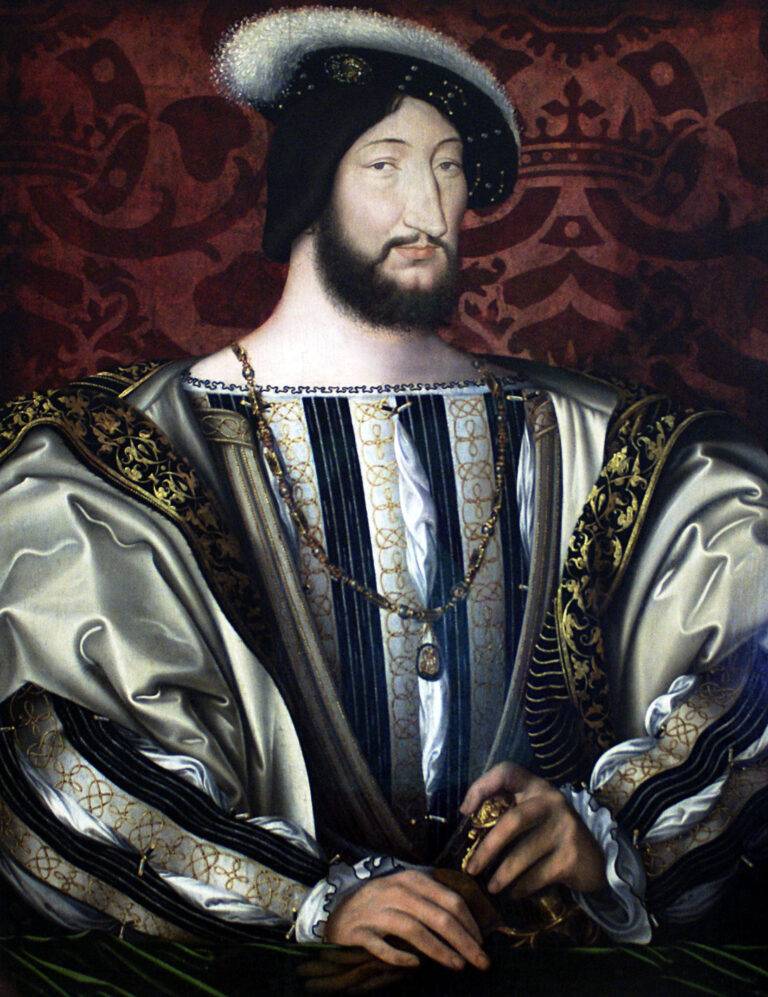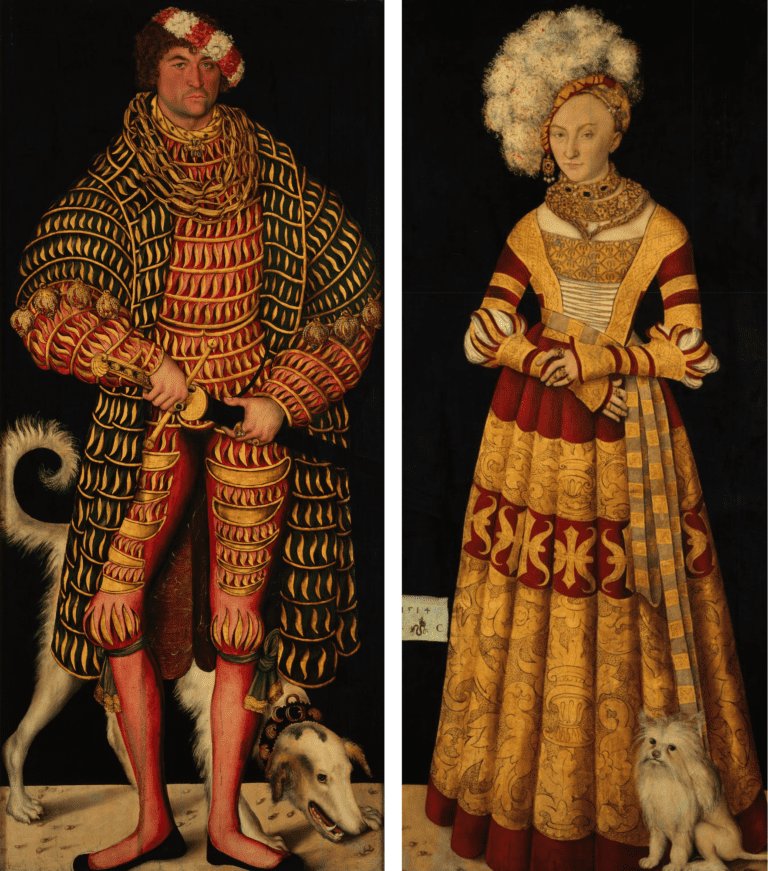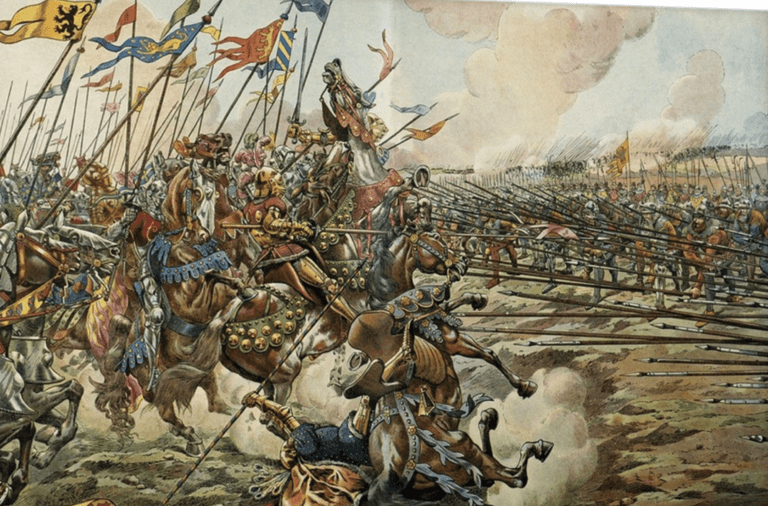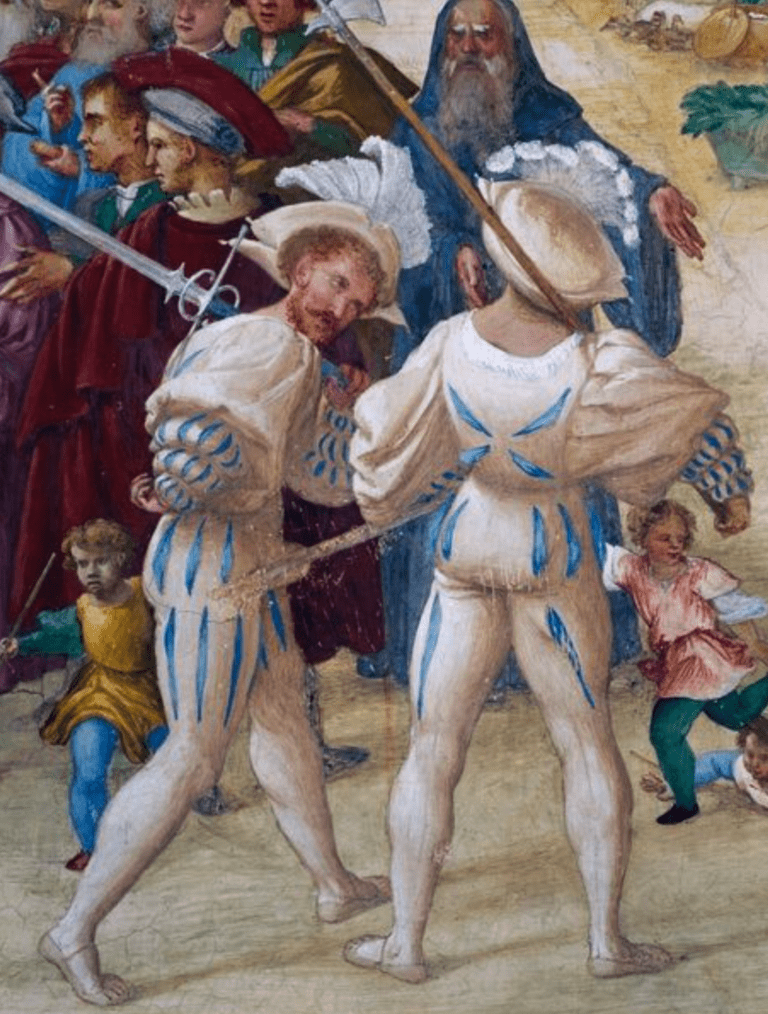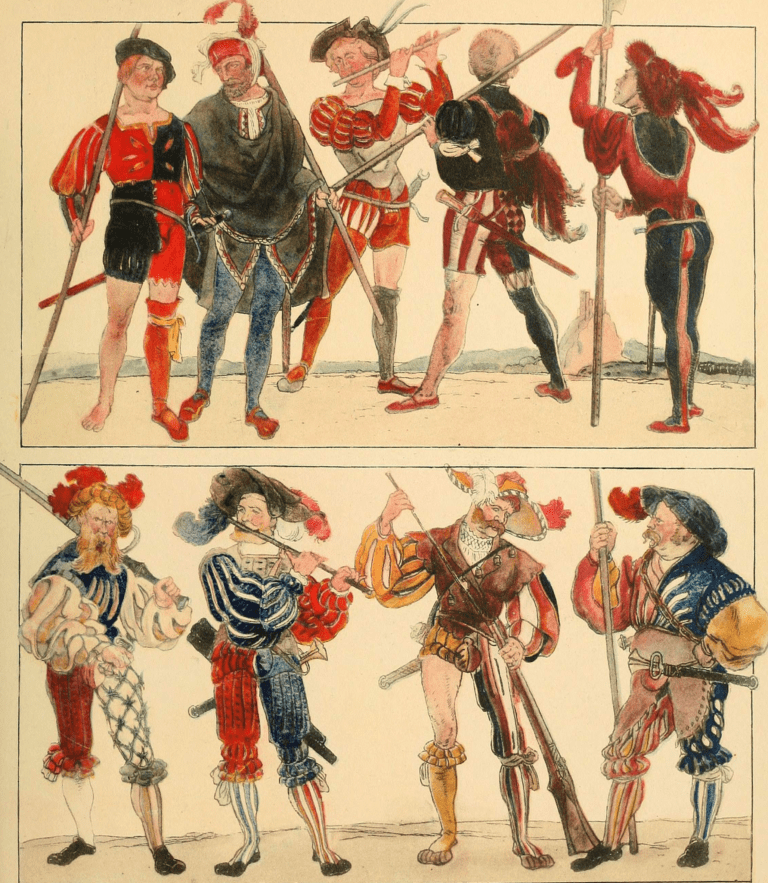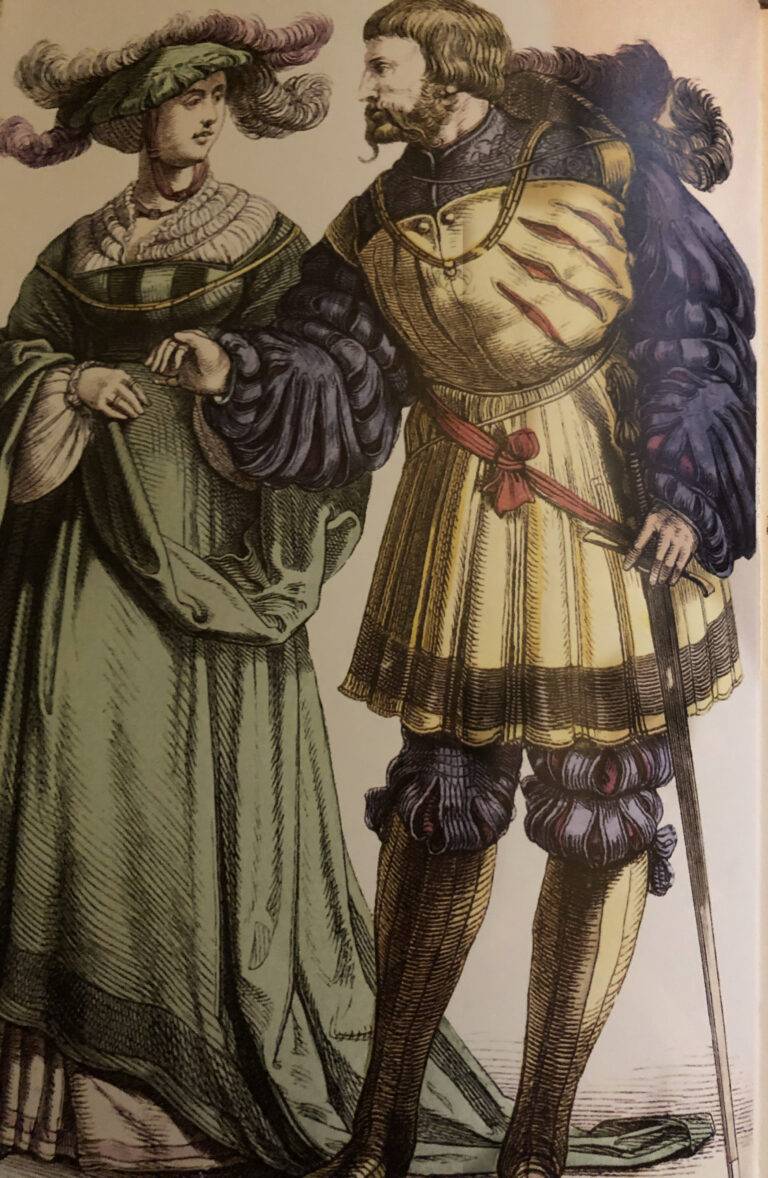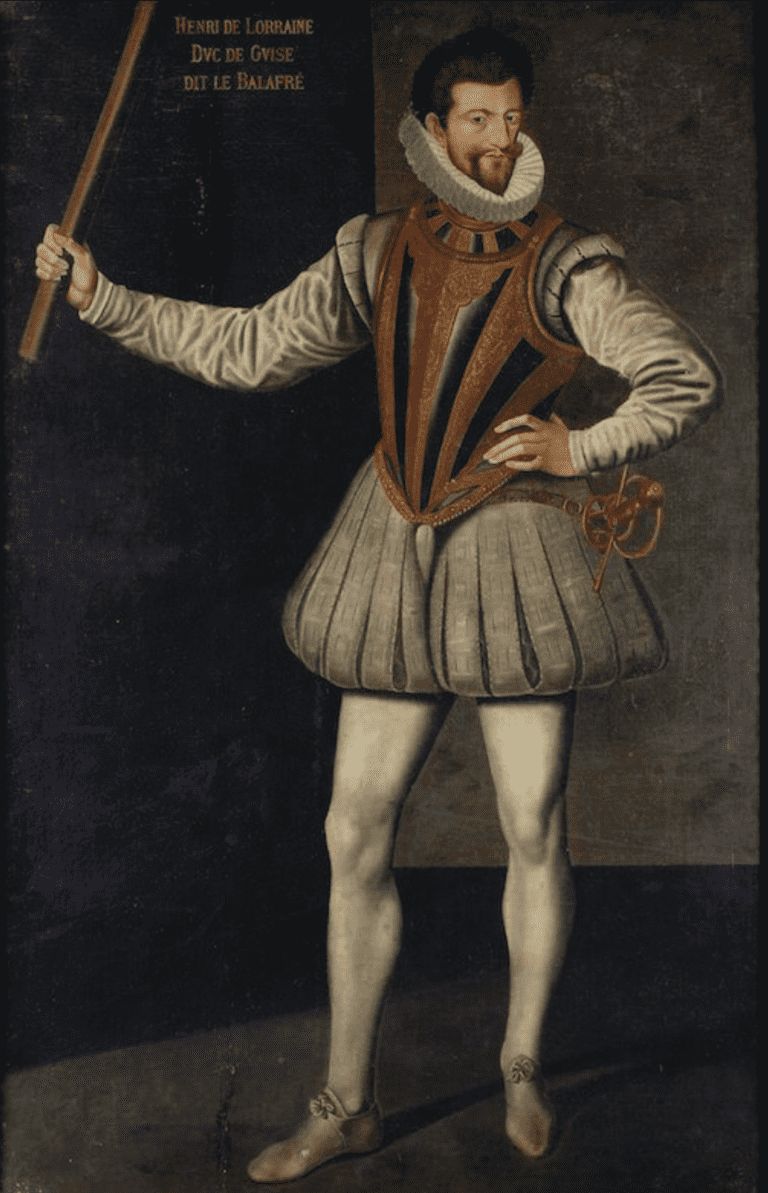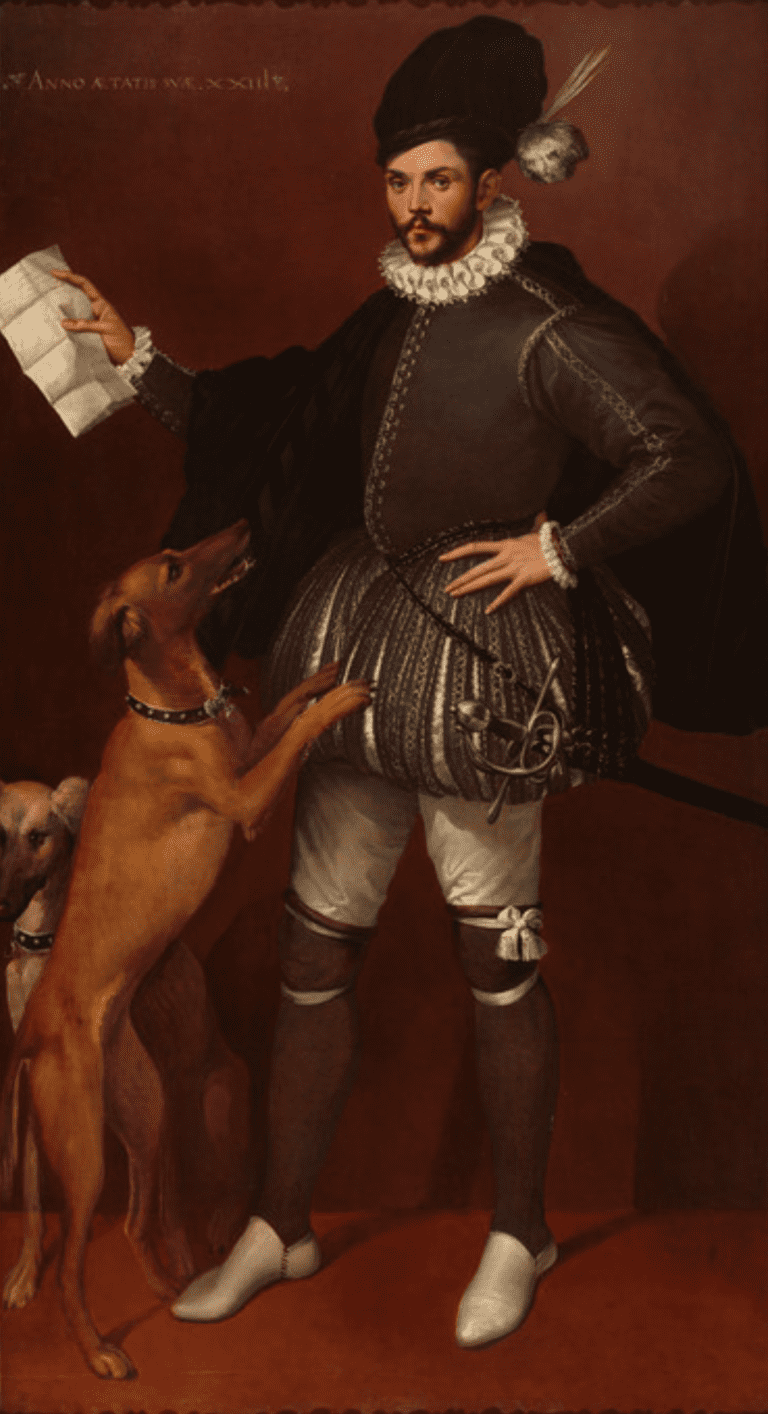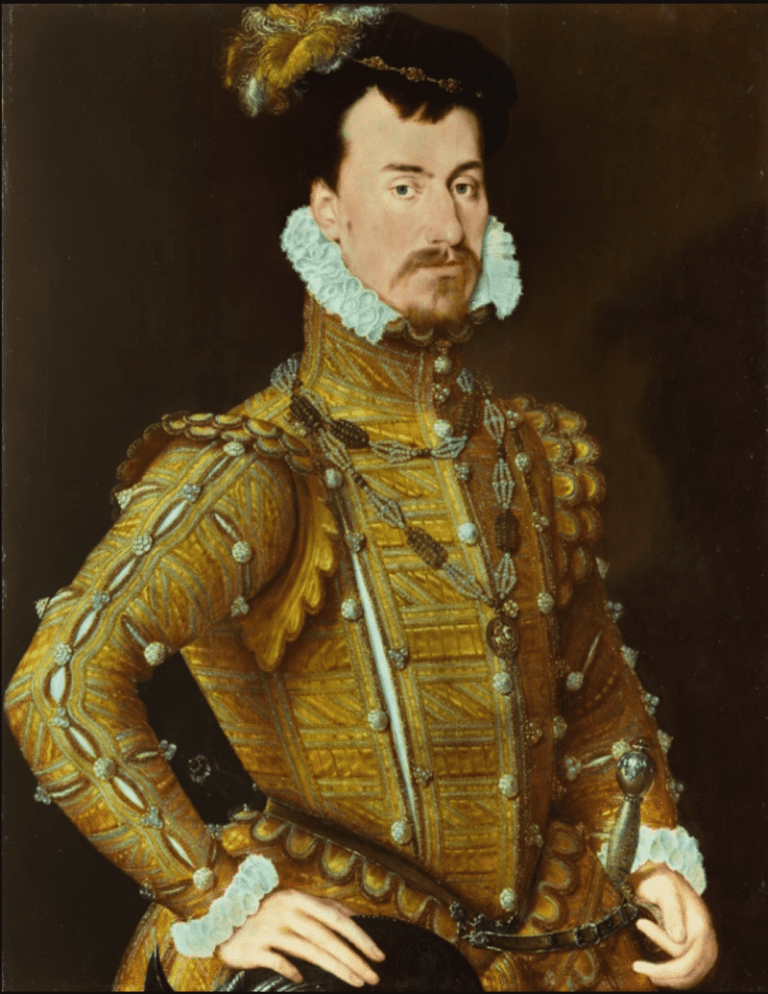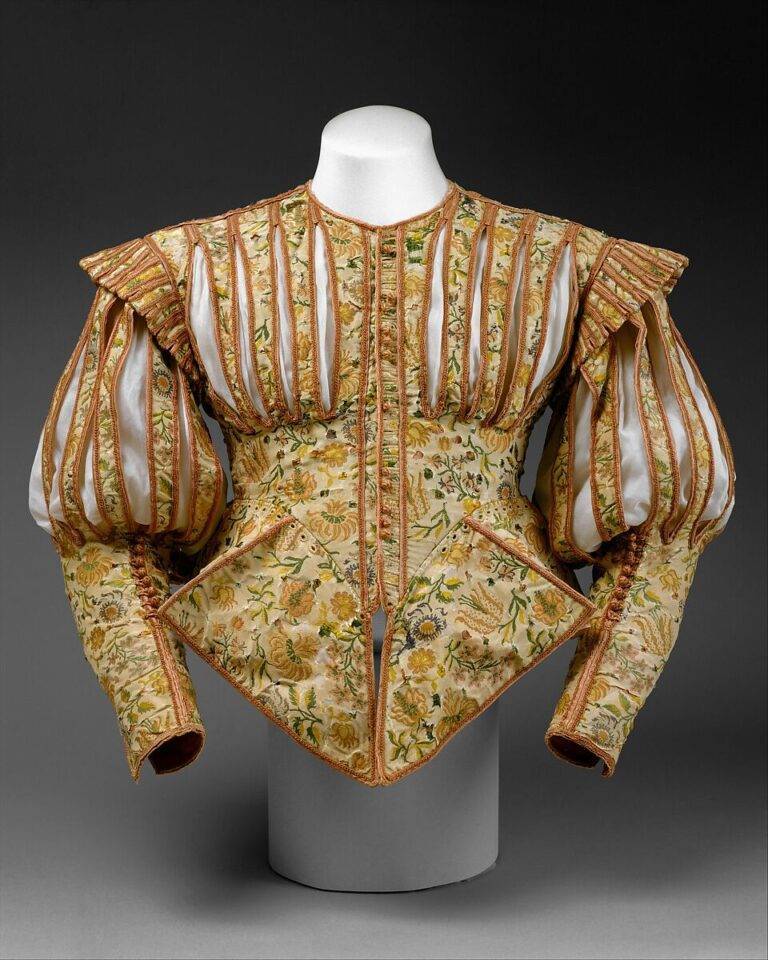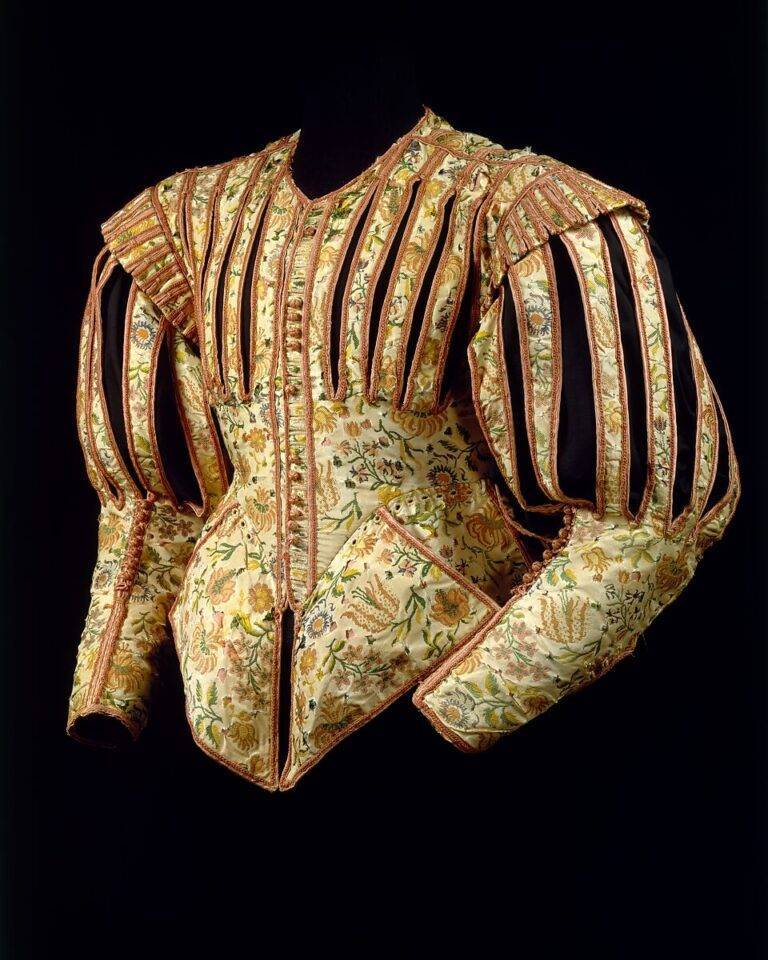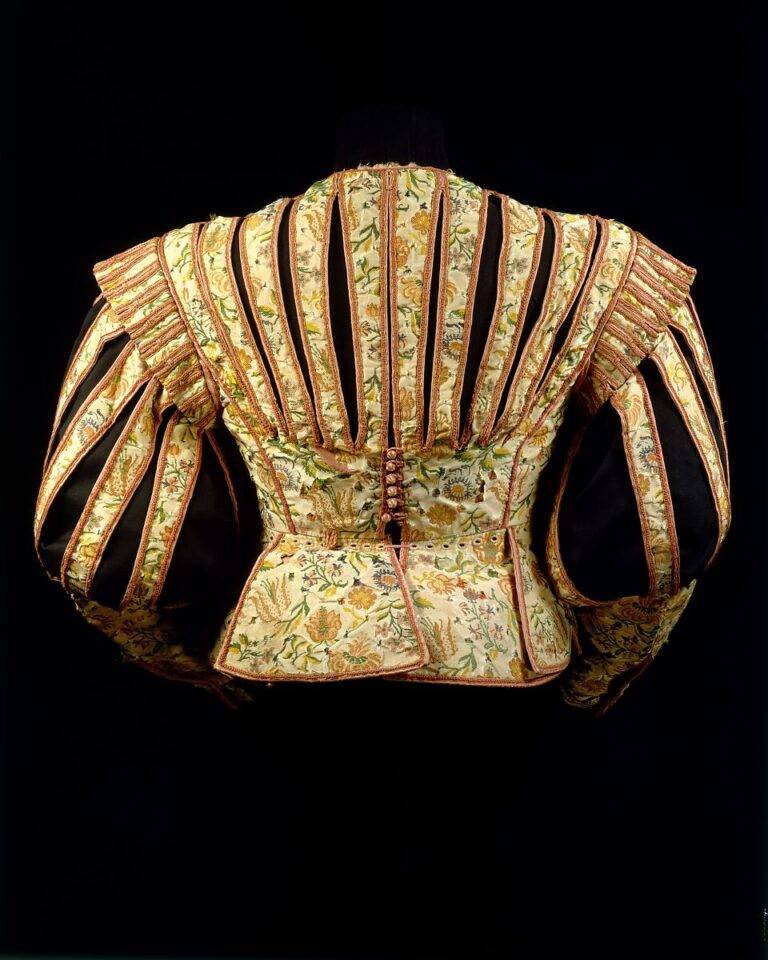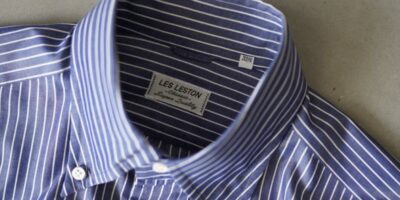King Henry VIII of England
King Henry VIII ruled England from 1509 until his death in 1547. He is remembered for his six marriages, his role in the English Reformation, and his turbulent reign, which saw significant political and social changes in England. Henry VIII is a complex historical figure, and opinions about his legacy are divided. Some historians view him as a transformative figure who played a critical role in shaping modern England. They point to his break with the Roman Catholic Church and the establishment of the Church of England, which had a profound impact on the country’s religious and political landscape.Others criticize Henry VIII for his tyrannical tendencies, his harsh treatment of his wives, and his brutal suppression of religious dissent. He famously had two of his wives executed, and he dissolved monasteries and confiscated their lands, leading to widespread social upheaval.
Henry VIII (1491-1547) aged 49, 1540 (oil on panel), Hans Holbein
Francis I was King of France from 1515 until his death in 1547. He is remembered as one of the most influential monarchs of the Renaissance period, known for his patronage of the arts, his military campaigns, and his efforts to centralize and modernize the French state. During his reign, Francis I waged a series of wars against the Holy Roman Empire and the Habsburg dynasty, which dominated much of Europe at the time. He also pursued alliances with the Ottoman Empire and other powers in an effort to expand French influence and counterbalance Habsburg power. In the arts, Francis I was a prominent patron of the Italian Renaissance, and he brought many Italian artists and architects to France to work on his various building projects, including the famous Château de Chambord. He also founded the Collège de France and supported the work of scholars and philosophers. Francis I is generally regarded as a successful and important monarch who played a significant role in shaping French culture and politics during a critical period of European history. However, some historians have criticized his costly military campaigns and his authoritarian tendencies, which led to tensions with French nobility and religious leaders.
Charles V was a powerful ruler who served as Holy Roman Emperor from 1519 until his abdication in 1556. He is remembered for his efforts to maintain the unity of the Holy Roman Empire, his military campaigns against the Ottoman Empire and Protestant forces in Europe, and his patronage of the arts and sciences. Under Charles V’s reign, the Holy Roman Empire was a dominant force in European politics, and he worked to expand its territory and influence through military conquests and strategic alliances. He also played a key role in the Council of Trent, a major event in the Counter-Reformation that aimed to address the challenges posed by the Protestant Reformation. However, Charles V faced significant challenges during his reign, including ongoing religious conflicts, political opposition from various factions within the Holy Roman Empire, and the rising power of the Ottoman Empire. His attempts to impose Catholic orthodoxy through force led to a series of wars and rebellions, and his reign saw significant social and economic upheaval.
Das Gemälde Karls um 1514/16 zeigt deutlich dessen Habsburger Unterlippe
Portrait of a Lady, three-quarter-length, in a burgundy dress with slashed sleeves, holding gloves, (oil on canvas), Bernardino Licinio
Portraits of Henry IV of Saxony and Catherine of Mecklenburg
The Portrait of Henry IV of Saxony and Catherine of Mecklenburg are a matching pair of full-length portrait paintings by the German Renaissance master Lucas Cranach the Elder, dating from 1514, now in the Gemäldegalerie Alte Meister, Dresden, Germany.The work was Cranach’s first official portrait,[1] and depicts Henry IV, Duke of Saxony and his wife Catherine of Mecklenburg at about life-size. They are among the earliest northern full-length portraits. Both wear lavishly decorated clothes and decorations recalling their families’ coat of arms.
HANS HOLBEIN THE YOUNGER Laïs Corinthiaca, 1526
HANS HOLBEIN THE YOUNGER Charles de Solier, 1534
First of all, we have to realise that shirts made of silk or linen were very expensive materials. This was still the case in the 16th century. And it is natural for us as human beings to want to show off that expensive material. Over time, this changed into flamboyant decoration. This may be the first example of the shirt, which was supposed to be underwear, coming out into the open.
In 1475, the Swiss, led by the canton of Bern, brutally captured the town of Grandson in Vaud, which at the time was an ally of Charles the Bold and controlled by Jacques of Savoy.
Following failed negotiations for the return of Vaud in January 1476, Charles departed from Lorraine with the majority of his army, which consisted of roughly 12,000 soldiers. He then marched through the challenging terrain of the Jura Mountains towards Vaud. After taking control of Yverdon, his forces proceeded to capture Grandson on 21 February, following which they laid siege to Grandson Castle. The castle ultimately surrendered on 28 February.These events are indicative of the fierce conflict and power struggles that characterized the Burgundian Wars. The capture of Grandson and the subsequent siege of the castle highlight the strategic importance of fortifications and military strongholds during this period, as well as the tactical ingenuity required to capture and hold such positions.
After the surrender of Grandson Castle, Charles had its garrison executed by drowning in Lake Neuchâtel or hanging. Swiss sources are unanimous in stating that the men only gave up when Charles assured them they would be spared. The historian Panigarola, who was with Charles, claimed that the garrison had thrown themselves on the mercy of the duke, and it was up to his discretion what to do with them. He ordered all 412 men of the garrison to be executed. In a scene Panigarola described as “shocking and horrible” and sure to fill the Swiss with dread, all the victims were led past Charles’ tent and hanged from trees or drowned in the lake, in an execution that lasted four hours.
After taking Grandson, Charles set up his camp north of the town and protected it by establishing two garrisons nearby. The first occupied Vaumarcus Castle, blocking the main axis leading to Neuchâtel, while the second entrenched itself further north. Given the opposition of the other Swiss cantons to the Bernese operations of 1475 in Vaud, the Confederate reinforcements arrived too late to retake Grandson. The Swiss had no news of the fate of the Grandson garrison and assembled their forces in the hope of lifting the siege. Their army, consisting of 18,000 troops from the eight cantons and numerous allies, established itself at Bevaix on 1 March and attacked Vaumarcus Castle. With about 20,000 men, Charles began to establish himself near the town of Concise on 2 March, in an unfavorable position.
Advancing on two routes, the Swiss had halted near the forest and awaited their main army to arrive when they encountered Charles’ forces near Concise. In the ensuing skirmish, the Burgundian cavalry was unable to hold the enemy vanguard, and Charles ordered his troops to pull back to a more favorable ground.During this delicate maneuver, the bulk of the Swiss army arrived, and the Burgundian army, already pulling back, soon became confused when the second, and larger, body of Swiss troops appeared. The speed of the Swiss advance did not give the Burgundians time to make much use of their artillery. The withdrawal soon turned into a rout when the Burgundian troops panicked and fled. For a time, Charles rode among them shouting orders, but once started the rout was unstoppable, and Charles was forced to flee as well.
Benedikt Fontana, the commander of the Graubunden troops died at the Battle of Calven (1499) in the first rank, saying: Hei fraischgiamank meiss matts, cun mai ais be ün hom da fear, quai brichia guardad, u chia hoatz Grischuns e Ligias u maa non plü!”—”Go on, my boys, I’m just one man, do not care about me. Today is for the Grisons and the Leagues, or never!”
After the battle, the Swiss troops came upon the bodies of their countrymen still hanging from trees in Grandson. An eyewitness, Peterman Etterlin, described the scene:
There were found sadly the honorable men still freshly hanging on the trees in front of the castle whom the tyrant had hanged. It was a wretched, pitiable sight. There were hung ten or twenty men on one bough. The trees were bent down and were completely full. Here hanged a father and a son next to each other, there two brothers or other friends. And there came the honorable men who knew them; who were their friends, cousins and brothers, who found them miserably hanging. There was first anger and distress in crying and bewailing.
It is said to have originated in the battle, when Swiss soldiers on the expedition cut and tore up silk, linen and velvet clothing, which was expensive at the time, to use as covering cloth for their own clothes.It is said that the Germanic tribesmen (German mercenaries) who were mercenaries at the time were very fond of this cut-and-thrust style of the Swiss soldiers.The style would later spread throughout Germany.
The slashing fashion may have been influenced by the decorative styles of the Islamic world or that it was simply a natural evolution of clothing design during the Renaissance period.
© Turnbull & Asser 125 years book,”Slashing” is visible.
It is said to have originated in the battle, when Swiss soldiers on the expedition cut and tore up silk, linen and velvet clothing, which was expensive at the time, to use as covering cloth for their own clothes.It is said that the Germanic tribesmen (German mercenaries) who were mercenaries at the time were very fond of this cut-and-thrust style of the Swiss soldiers.The style would later spread throughout Germany.
Switzerland is not only a country. It is an idea. It represents the noble notion that nobody has any right to lord it over yourself. To be Swiss means to be free. In order to be free one needs to be bold and not afraid to die. They knew instinctively that “The secret of happiness is freedom. The secret of freedom is courage.” Thucydides
Martyrdom of Saint Barbara, detail from the Stories of Saint Barbara, 1524 (fresco), Lorenzo Lotto (c.1480-1556) / Cappella di Villa Suardi, Trescore Balneario, Italy / De Agostini Picture Library / A. De Gregorio
The Landsknechte were Germanic mercenaries who fought in pike and shot formations during the early modern period. They were mainly composed of pikemen and supporting foot soldiers, with the front line being formed by Doppelsöldner who were known for using Zweihänder and arquebus. Emperor Maximilian I and Georg von Frundsberg originally organized the Landsknechte, and they were the main force of the Holy Roman Empire’s Imperial Army from the late 1400s to the early 1600s. The Landsknechte fought in various conflicts, including the Habsburg-Valois wars, the Habsburg-Ottoman wars, and the European wars of religion.
Although the Landsknechte were sometimes prone to mutiny when they were not paid and divided between Catholics and Lutherans, they were skilled and fierce warriors with good equipment. They were also easily recruitable in large numbers throughout Germany and Austria, which provided both quantity and quality to the Imperial military for 150 years. During the reign of Charles V of Habsburg, and under the leadership of notable captains such as Georg von Frundsberg and Nicholas of Salm, the Landsknechte reached their peak of fame. They gained universal prestige for their significant victories, such as the capture of the French King Francis I at the Battle of Pavia in 1525 and the successful resistance against the Ottoman Turks led by Suleiman the Magnificent at the Siege of Vienna in 1529. However, the Landsknechte were also responsible for the notorious Sack of Rome in 1527.
The Germanic compound Landsknecht (earlier Lantknecht, without Fugen-“s”) combines Land and Knecht to form “servant of the land.”The compound Lantknecht was used during the 15th century for bailiffs or court ushers.The word Landsknecht first appeared in the German language circa 1470 to describe certain troops in the army of Charles, Duke of Burgundy. As early as 1500, the term was morphed into Lanzknecht, referring to the unit’s use of the pike as its main weapon
Landsknechte, etching by Daniel Hopfer, c. 1530 © wikipeddicomons
Image of Landsknechte in the Geschichte des Kostüms
Landsknecht with a Zweihänder
Just like the Reisläufer, Landsknecht formations consisted of men trained and armed with pikes, halberds, and swords.300 men of a Fähnlein would be armed with a pike, though a Landsknecht’s pike was generally shorter than a Reisläufer’s at about 4.2 meters (14 ft). Experienced and well-equipped soldiers, receiving double a normal Landsknecht’s pay and getting the title Doppelsöldner, made up a quarter of each Fähnlein. 50 of these men were armed with a halberd or with a 66-inch (170 cm) two-handed sword called a Zweihänder while another fifty were arquebusiers or crossbowmen. The focus on firearms, rather than crossbows, as ordained by Maximilian, was where they were different from the Swiss. Maximilian abolished the crossbow in military use in 1517 (although other countries continued to use them). Most Landsknechte, regardless of primary weapon, carried a short sword called a Katzbalger for close combat. By the end of the 16th century, however, the number of pikemen in a Fähnlein had diminished to around 200.
They also copied the Swiss in tactics. Landsknechte fought in a pike square they called the gevierte Ordnung, forty to sixty men deep. Doppelsöldnern made up the formation’s first two ranks. Then came the ensigns, and then the squares themselves. Pikemen, supported by halberdiers, formed the square while swordsmen made up their front and rear. The most experienced soldiers were located at the back of the formation and arquebusiers were placed on its flanks. In the attack, a band of soldiers called a forlorn hope preceded the pike square to break enemy pikes.The pikemen were supported by halberdiers, who would rush a gap in an opposing line, a tactic also copied from the Swiss. As their solidarity grew, commanders emphasized on finess and timing, rather than the head-down battering charge of the Swiss.
As the Landsknechte’s fighting techniques were developed, they no longer preferred fighting along a straight line (as exercised by even the Swiss until the end of the fifteenth century), but leaned towards a circle-wise movement that enhanced the use of the space around the combatant and allowed them to attack the opponents from different angles. The circle-wise formation described by Jean Molinet as the “snail” would become the hallmark of Landsknechte’s combat. The new types of combat also required the maintenance of a stable bodily equilibrium. Maximilian, an innovator of these types of movements, also saw value in their effects over the maintenance of group discipline (apart from the control of centralized institutions). As Maximilian and his commanders sought to popularize these forms of movements (which only became daily practice at the end of the fifteenth century and gained dominance after Maximilian’s death in 1519), he promoted them in tournaments, in fencing and in dancing as well. The courtly festivals became a playground for innovations, foreshadowing developments in military practices.
From Germany to France. Then to the UK.
It is said that the flow direction of france was shifted because of the introduction by the Duke of Guise. This Marquess of Guise was an ancestor of Mary Stuart (Mary Queen of Scots of fresh blood) and possessed German ancestry.The ‘slashing’ crossed the Straits of Dover when Louis VII of France married Princess Mary, sister of King Henry VIII of England.This ‘slashing’ can be found in many European countries, but it was the Germans who went to the extreme with their excessive slashing designs. The number is said to reach into the hundreds per garment.
Prince Henry I. “The Scarred One” of Lorraine
Portrait of a Cavalier with His Hunting Dogs, ca. 1570-1580
The term “slashing” in fashion history refers to a technique used in the late 16th century and early 17th century where cuts or slashes were made in the outer fabric of a garment to reveal a contrasting fabric underneath. This was often done in a decorative pattern, such as diagonal lines or squares, and was particularly popular in men’s clothing, especially in doublets and breeches. Slashing was used to show off expensive and colorful fabrics, such as silk or velvet, that were often used as linings. It was also used as a way to cool down during hot weather, as the cuts allowed air to circulate around the body.
Robert Dudley, Earl of Leicester, Attributed to Steven van der Meulen (1560-65)
Elizabeth I, the Phoenix portrait, oil on panel, National Portrait Gallery, L00128. Date circa 1575-7
Lady Diana Cecil by William Larkin, (1614-18) (Ranger’s House, Suffolk Collection)
Anne of Austria by Peter Paul Rubens (1620-25)
The popularity of slashing declined in the 17th century, as fashion moved towards more austere styles with simpler lines and less decoration. The rise of the Puritan movement also played a role in this shift, as they believed that clothing should be modest and practical. However, the technique did see a revival in the 19th century, particularly in women’s clothing, and was used in the design of Victorian dresses and skirts. Slashing continues to be used today in some forms of contemporary fashion, particularly in Gothic and punk styles.
In conclusion, the popularity of slashing in fashion history declined due to changing tastes in fashion, a move towards more austere styles, and a rise in the Puritan movement. However, the technique has seen occasional revivals in later periods of fashion history and continues to be used today in certain styles.
